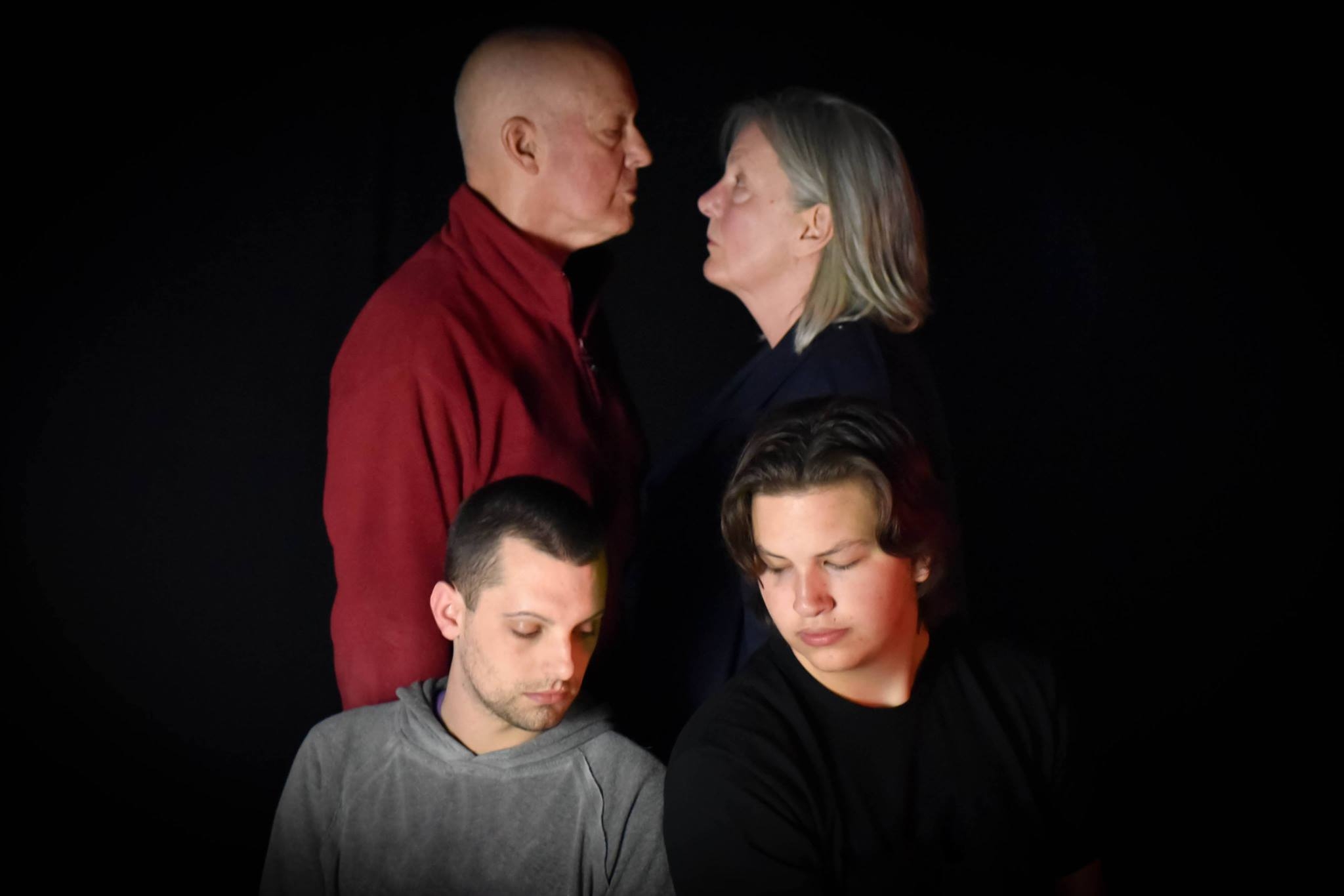Perhaps what’s most striking about Tony Kushner’s Pulitzer Prize- and Tony Award-winning play “Angels In America” is how quickly it has become an American classic.
It’s definitely a period piece, set in 1985 New York City amid the terror of the AIDS crisis and the Reagan White House brought to fruition by the Moral Majority. But it feels, more than 25 years after its first production — and despite major breakthroughs in HIV treatment — an awful lot like the disorienting political climate of today. We thought we were slouching toward Bethlehem then...
That powerful relevancy is a huge part of what makes it a classic, and What a Do Director Randy Wolfe has proven his chops again and again as a terrific director of the great American plays.
“Angels in America" is a behemoth in that canon, and has been adapted into an HBO miniseries and an opera, along with a critically acclaimed revival on London’s West End that landed on Broadway in March — nearly all of them relying on fantastical technical effects to bring the gorgeous script that includes hallucinations, ghosts, visitations from the spiritual realm to life.
However, Wolfe’s production at What a Do eschews all of that — likely because of financial constraints — and the result is glorious. So much of the play is about stripping away: relationships, health, identity, boundaries — between people, between life and death, between reality and imagination — as well as illusions. And by stripping down the way the story is told, we see those themes quite clearly, and the focus shifts to the inner and outer workings in the intersections of the lives on stage which largely unfold through tightly crafted two-person scenes.
A series of inciting incidents related to sexuality and health in the lives of central characters lead to surprising connections among them. Louis, a guilt-ridden hyper-intellectual Jew, struggles to cope with the AIDS diagnosis and heinous suffering of Prior, his WASP lover. Meanwhile, a childless, married Mormon couple confront the roots of the wife’s Valium addiction and depression. And the husband works for a high-powered closeted Republican attorney, a fictionalized portrayal of Donald Trump mentor and real-life villain Roy Cohn. He was Joseph McCarthy’s right-hand man, responsible for Julius and Ethel Rosenberg’s conviction and execution. In the play, he insists his AIDS is “liver cancer,” and yet longs to leave a legacy.
They’re terrifically flawed yet lovable characters, even the treacherous among them, and their lives intersect in fascinating ways that include mutual hallucinations and visitations from spiritual and historical figures. Even without wild pyrotechnics or much in terms of smoke and mirrors, the plot and happenings are clear.
This is largely thanks to truly excellent performances from the well-chosen 10-person cast, particularly from the actors who play the central characters. Christian Perez outperforms his age and experience (a mere junior in high school, though no one would guess) to show astounding depth as Louis, who feels tremendous pain amid his limitations in love. Both his tenderness and rage are palpable, especially in scenes with Mark Switzer who captures the wonderful humor and tremendous suffering of Prior.
Betsy King is brilliant not just as Harper, the neurotic, emotionally and sexually abandoned wife, but also in other peripheral roles she makes bold and wonderful. And Dave Stubbs is utterly believable as the sinister and high-energy Roy Cohn, playing a role in his own life. He’s wonderful to watch.
As is the entire play, despite its dark and painful subject. “Angels In America” is notoriously long, but under Wolfe’s direction, the three hours of the first part, “Millennium Approaches” fly by, largely because the scenes move at a clip, and transitions between them are seamless, thanks to Samantha Snow’s set and lighting design, as well as ambient music by John Purchase. With a double bed center stage surrounded by separate raised platform stages upstage and stage left and right, lights go up and down with minimal set changes and the action moves lightning quick with nary a lull and creates beautiful opportunity for dual scene work, ultimately illuminating the idea that we’re all connected; what happens to one happens to all.
What A Do Theatre Company’s “Angels In America Part One: Millennium Approaches” is clearly a labor of love, a tremendous achievement and exactly the kind of theater we need now.
Angels In America
What A Do Theatre
May 4-20
whatado.org





